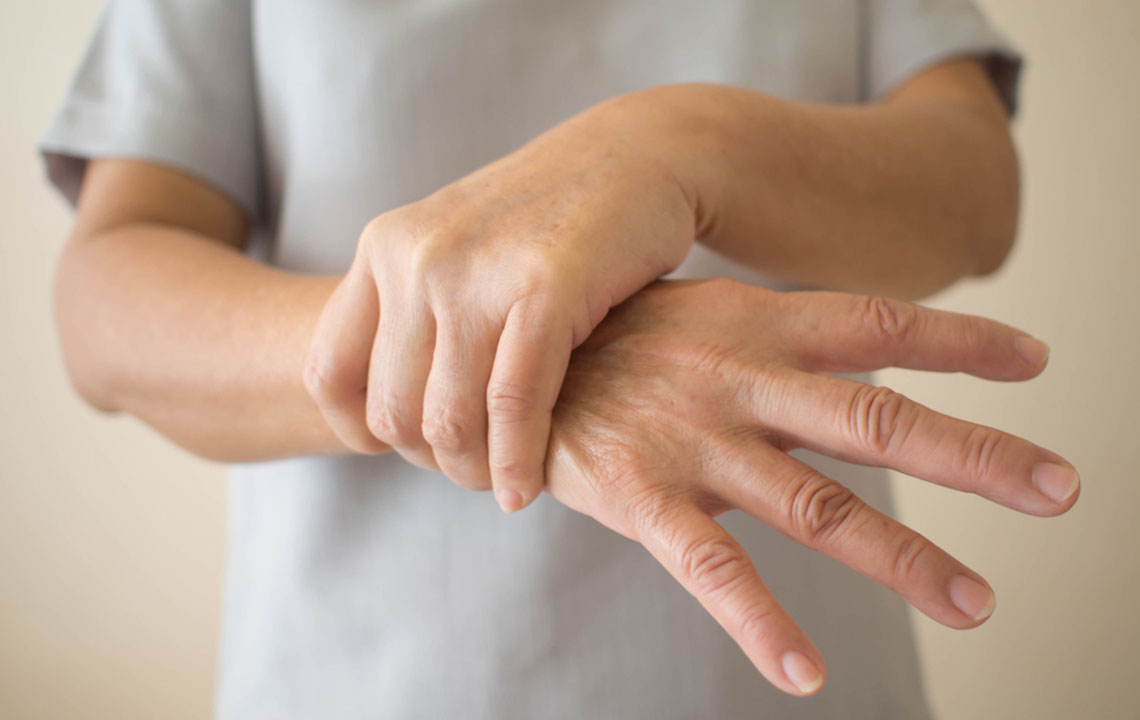A Comprehensive Overview of Essential Tremors: Causes, Symptoms, and Effective Management Strategies
Essential tremor is a common neurological disorder causing involuntary rhythmic shaking of parts of the body, especially the hands. It often worsens over time and can impact daily life significantly. This comprehensive guide covers causes, symptoms, inheritance, and management strategies, helping patients better understand and handle the condition through a range of treatment options and lifestyle changes.

Understanding Essential Tremors: Causes, Symptoms, and Long-Term Management
Essential tremor is a prevalent neurological disorder characterized by rhythmic, involuntary shaking of various parts of the body. While it most commonly affects the hands, it can also involve the head, neck, torso, face, and tongue. This type of tremor tends to worsen gradually over time, often affecting an individual’s ability to perform everyday tasks such as writing, dressing, or eating. Recognized as one of the most common movement disorders, essential tremor has garnered increasing attention due to its impact on quality of life.
Defining Essential Tremor
Despite extensive research, the exact cause of essential tremor remains elusive. It is widely believed to originate from abnormal activity within the brain’s thalamus, which is responsible for regulating voluntary movements. Genetic factors play a significant role, as approximately 50% of cases are inherited, highlighting its hereditary nature. This means that if a family member has essential tremor, there’s a substantial chance that other relatives might develop similar symptoms.
Most individuals encounter the onset of essential tremor during middle age or later years. Although it is generally classified as a benign condition, the tremors can progressively worsen, leading to more noticeable and sometimes debilitating symptoms. In some cases, the severity of tremors may resemble other neurological disorders such as Parkinson’s disease, especially as symptoms become more pronounced.
Recognizing the Key Signs and Symptoms of Essential Tremor
The presentation of essential tremor varies widely among individuals. The frequency of the tremors can fluctuate and may not be symmetrical between both sides of the body. There are two main types: action tremors, which occur when performing voluntary movements, and resting tremors, which happen when the body is at rest.
Typical symptoms include:
Persistent shaking or trembling of the hands during everyday activities like writing, eating, or handling objects.
Oscillations in the head or neck, manifesting as side-to-side or up-and-down movements.
Involuntary twitching around facial muscles, including eyelids and lips.
Speech disturbances such as slurred speech, which may result from tremors affecting the tongue or vocal muscles.
Gait disturbances and imbalance if the lower limbs are involved, potentially leading to falls or mobility issues.
While some tremors may be subtle and hardly noticed, others can significantly interfere with daily life. Timely diagnosis and intervention are crucial in managing symptoms effectively, reducing discomfort, and improving overall quality of life. Various treatment options, including medication, lifestyle adjustments, and, in some cases, surgical interventions, can help control tremor severity.





